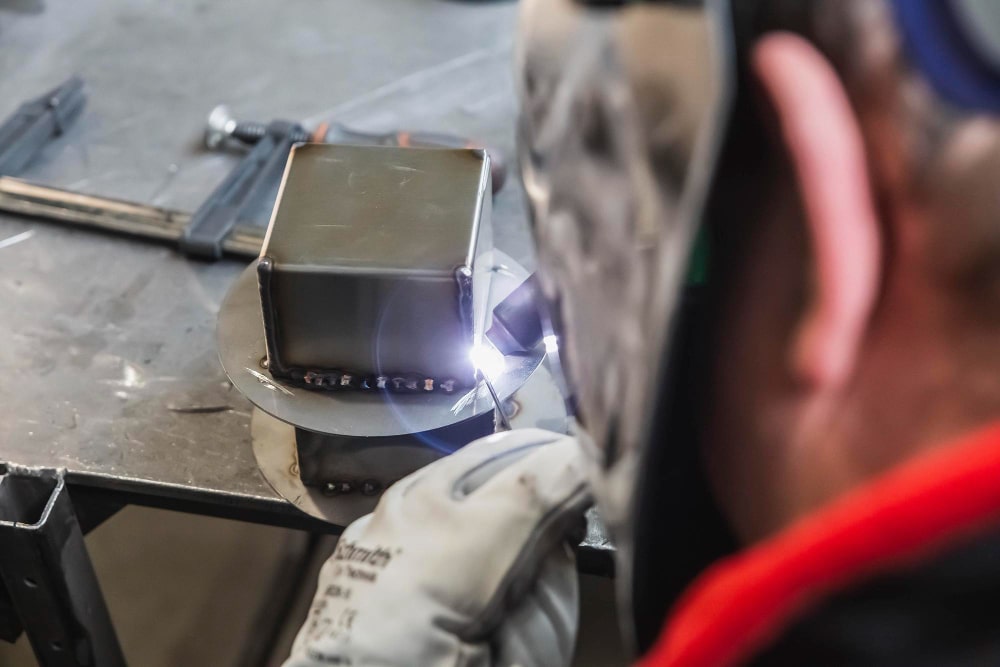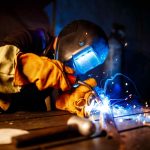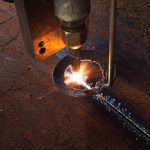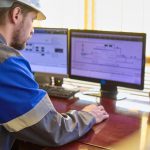Monitoring in welding processes is a crucial tool that has transformed modern industry. Its implementation in welding operations not only optimizes the quality of welded parts but also enhances safety and operational efficiency. In this article, we will explore the impact of monitoring in welding processes, highlighting its benefits, technologies used, and how it contributes to continuous improvement.
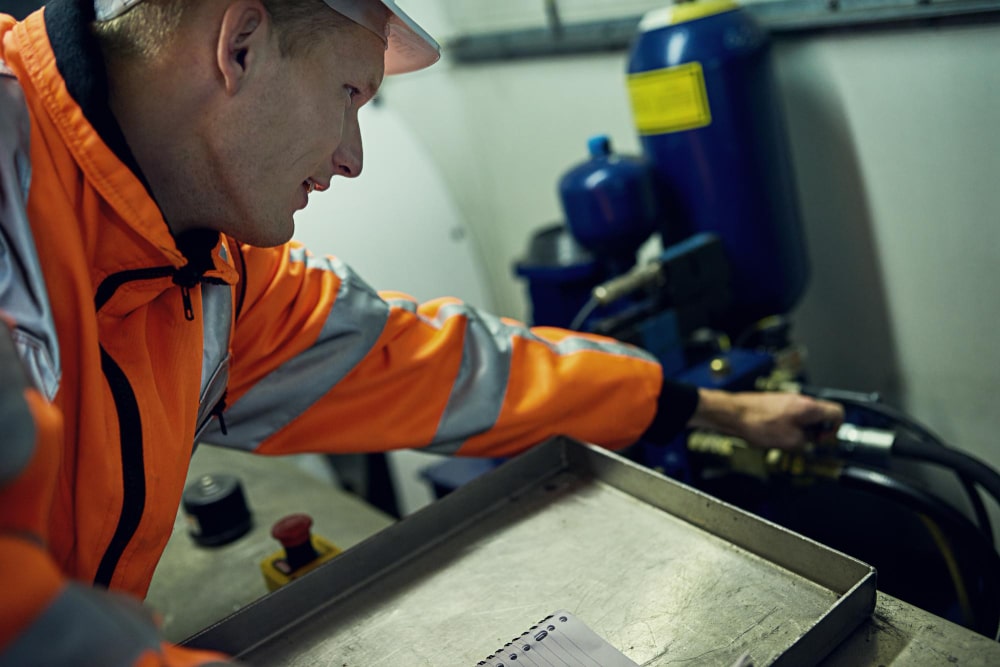
Monitoring in Welding Processes
Monitoring in welding processes involves real-time tracking of several key parameters during the welding operation. These parameters include temperature, welding speed, voltage, current, filler material quality, and more. The goal of monitoring is to ensure these parameters remain within established ranges to guarantee weld integrity.
In the past, welding processes were more manual and heavily relied on the experience of the welder. However, with technological advances, monitoring techniques have evolved, enabling these processes to be more precise, efficient, and controlled. The integration of automatic monitoring and control systems has improved traceability and consistency in welded part production.
Benefits of Monitoring in Welding Processes
1. Improved Welding Quality
One of the most important benefits of monitoring is the improvement of welding quality. Through real-time monitoring, operators can detect deviations in process parameters that could compromise the quality of the weld. For example, a variation in welding current or a change in temperature can lead to defects such as porosity, cracks, or lack of penetration.
Continuous monitoring allows for necessary adjustments to be made quickly and accurately, minimizing the likelihood of defects and ensuring that the weld meets quality standards. Moreover, monitoring systems can generate alerts when parameters deviate from limits, allowing immediate intervention to correct any issues.
2. Increased Operational Efficiency
Monitoring also significantly impacts operational efficiency in welding processes. By having accurate and real-time data on welding performance, companies can optimize their processes to achieve greater productivity. Monitoring can help automatically adjust welding parameters to reduce cycle time, improve material utilization, and decrease waste.
For example, in automated welding, monitoring machine parameters can optimize the feed rate and amount of filler material, which translates into an increase in production speed and cost reduction.
3. Enhanced Safety
Monitoring also has a direct impact on the safety of welding processes. The welding process involves inherent risks such as exposure to high temperatures, ultraviolet radiation, and the presence of toxic gases. With a proper monitoring system, it is possible to detect hazardous conditions before they become a serious issue.
For instance, proper real-time monitoring of temperature and current can prevent overheating that could cause equipment failures or injuries to workers. Additionally, monitoring gas levels in the environment can help prevent health risks to operators, such as exposure to dangerous levels of carbon monoxide or nitrogen dioxide.
4. Continuous Improvement and Traceability
Monitoring not only allows for greater consistency in production but also facilitates traceability and continuous improvement. By having detailed data on each welding operation, companies can analyze performance patterns and make long-term improvements to their processes.
Moreover, traceability is especially important in sectors such as automotive, aerospace, and critical structure manufacturing, where each weld must meet strict quality requirements. Monitoring systems allow storing information about each weld performed, which facilitates auditing and ensures that quality standards are maintained at all times.
Welding Monitoring Technologies
1. Temperature Sensors
Temperature sensors are essential in welding, as the temperature of the welding zone directly influences the quality of the weld bead. Infrared sensors and thermocouples are commonly used to monitor temperature continuously during the process.
2. Current and Voltage Sensors
Monitoring current and voltage is key to ensuring that welding parameters are within recommended ranges. Current and voltage sensors allow for real-time adjustment of these parameters to optimize the process.
3. Vision Cameras
In more advanced welding processes, vision cameras are used to monitor the welding area, detect visual defects, and ensure proper alignment of the parts.
4. Automatic Control Systems
In automated welding processes, automatic control systems allow for the adjustment of welding parameters without human intervention, based on real-time data collected by sensors.

